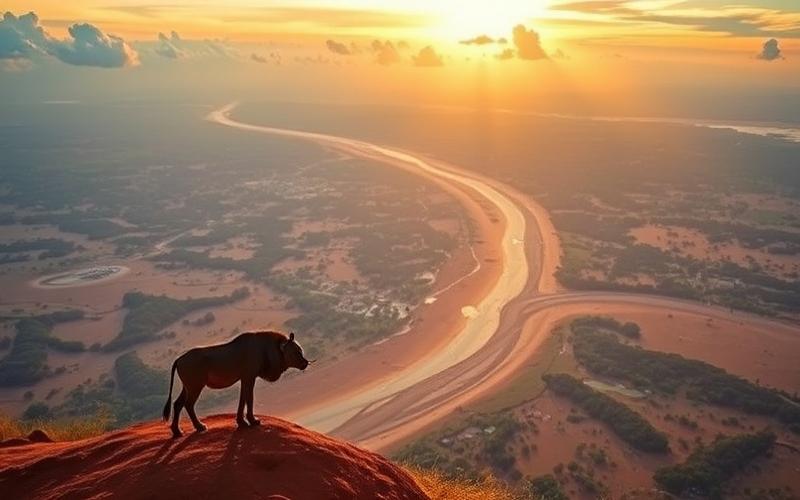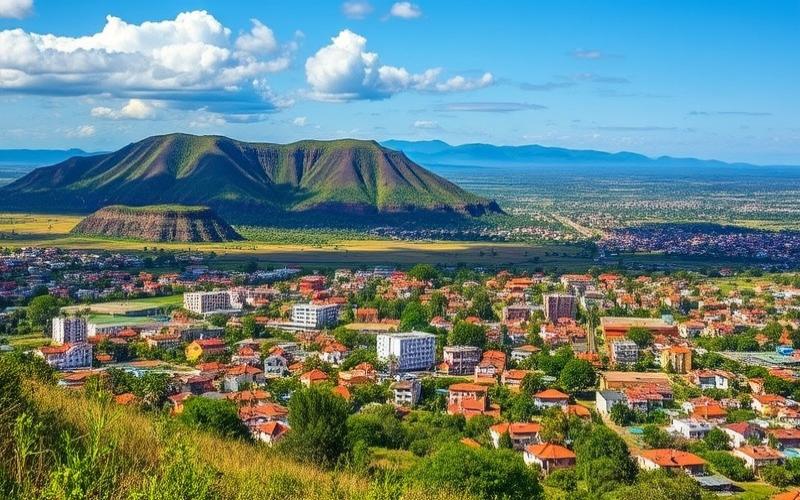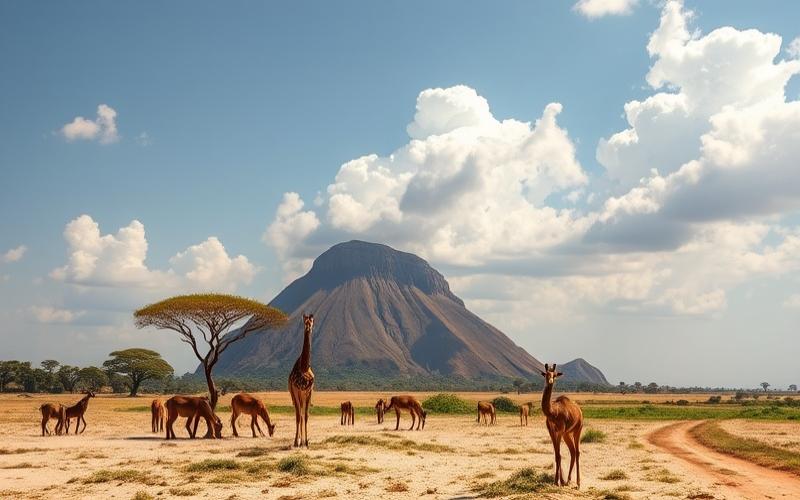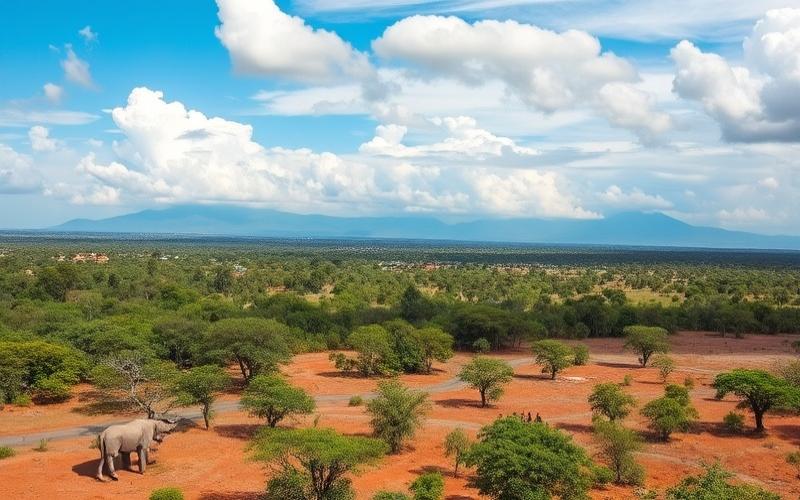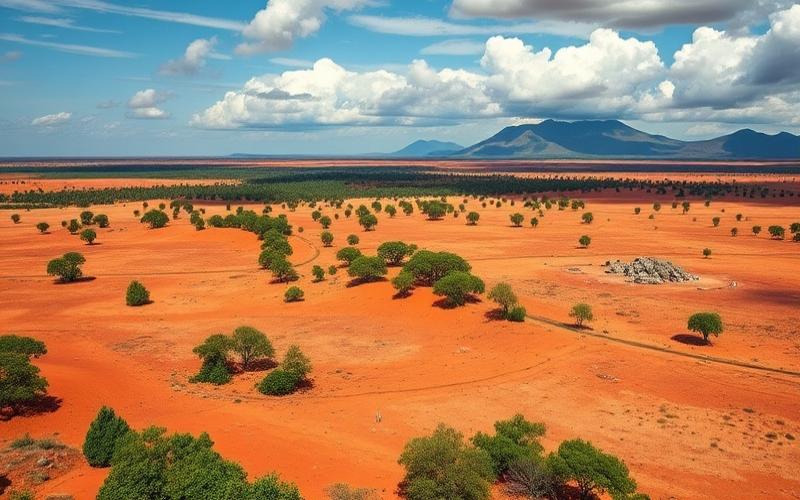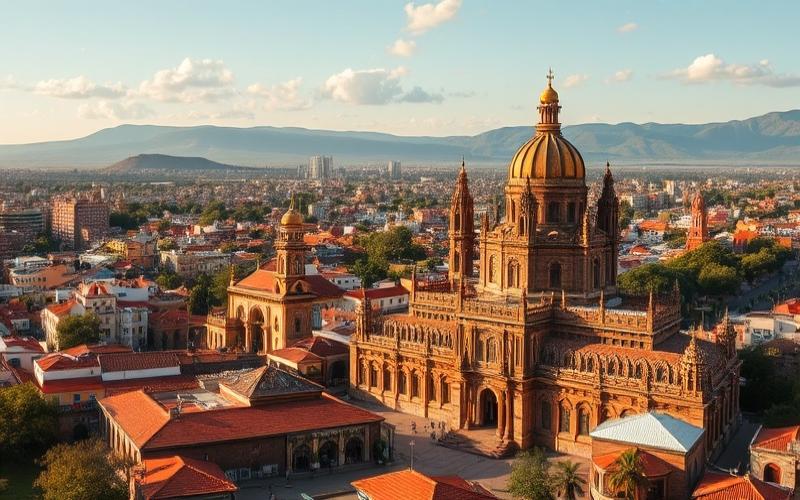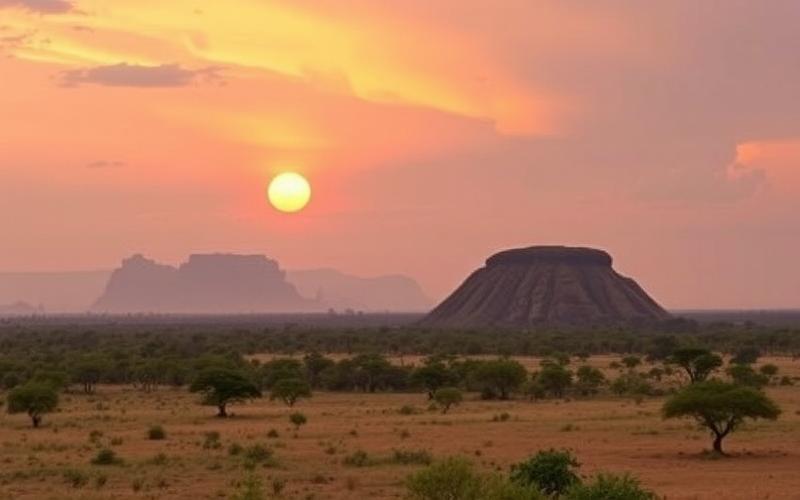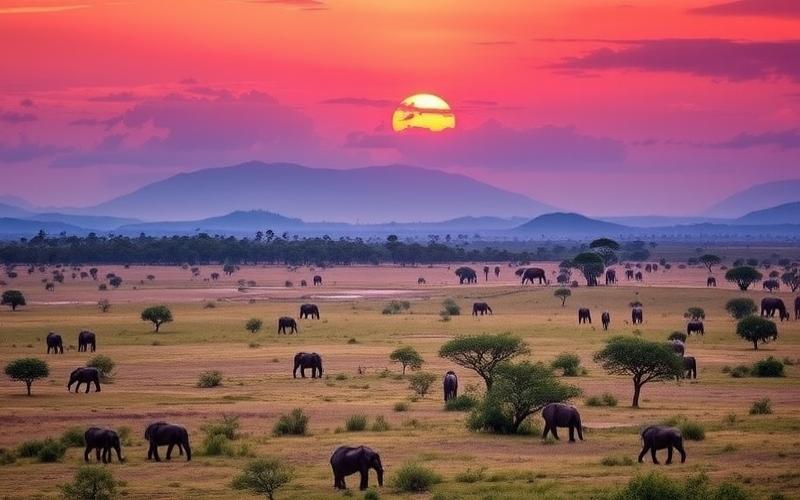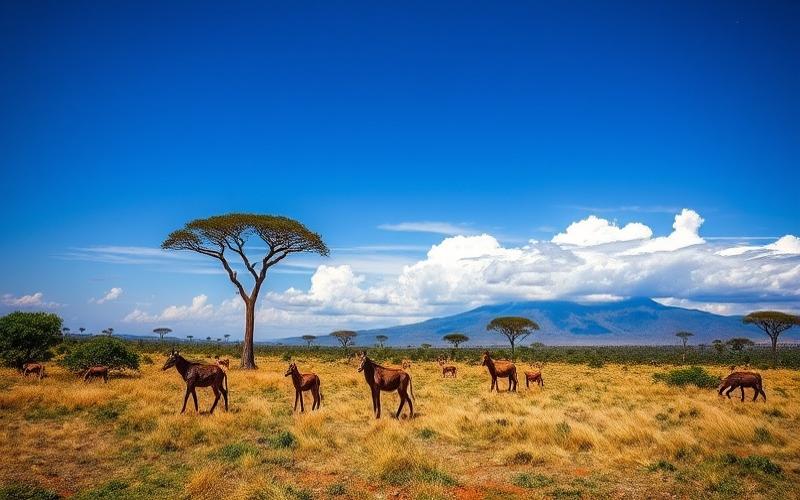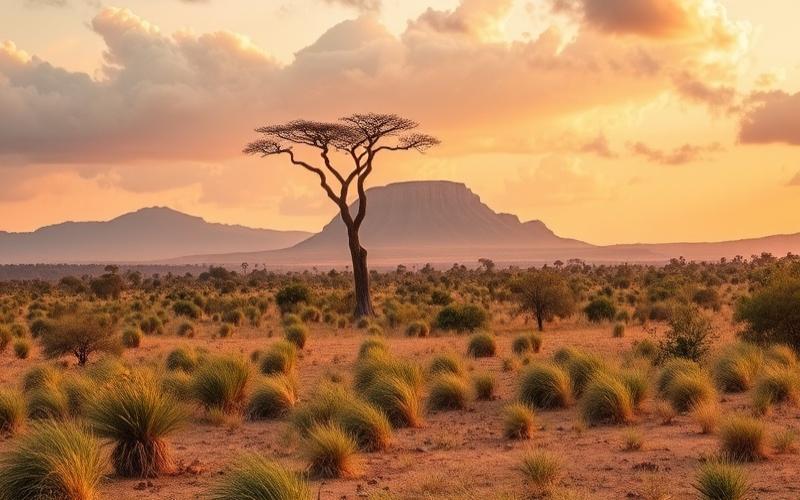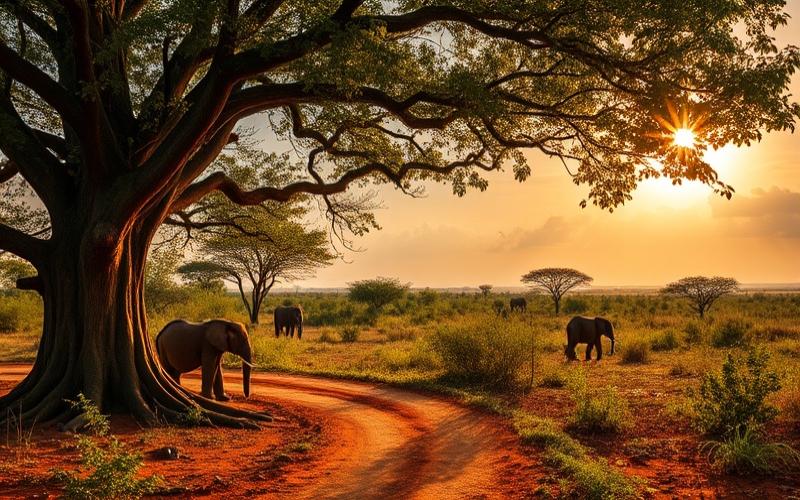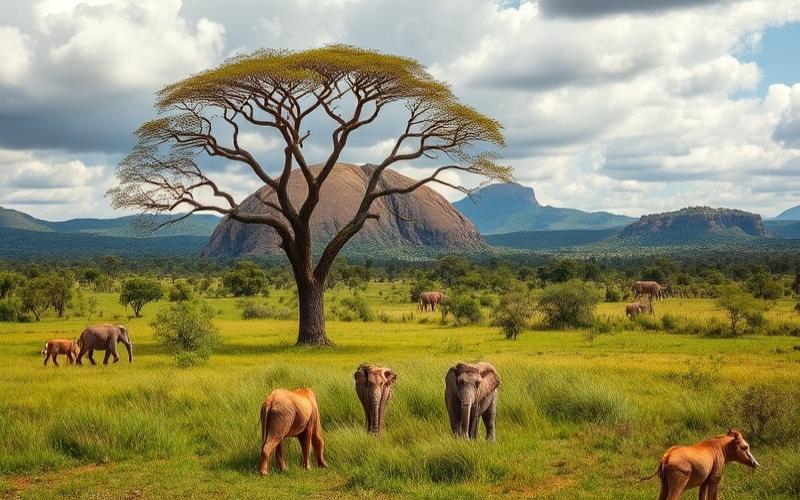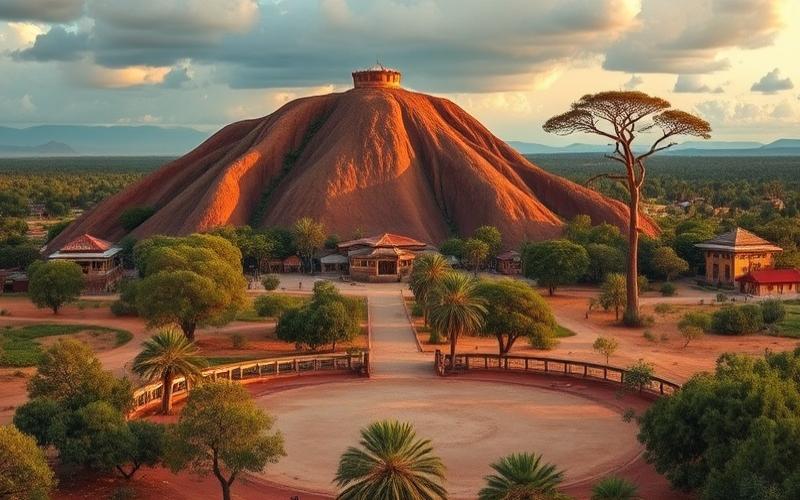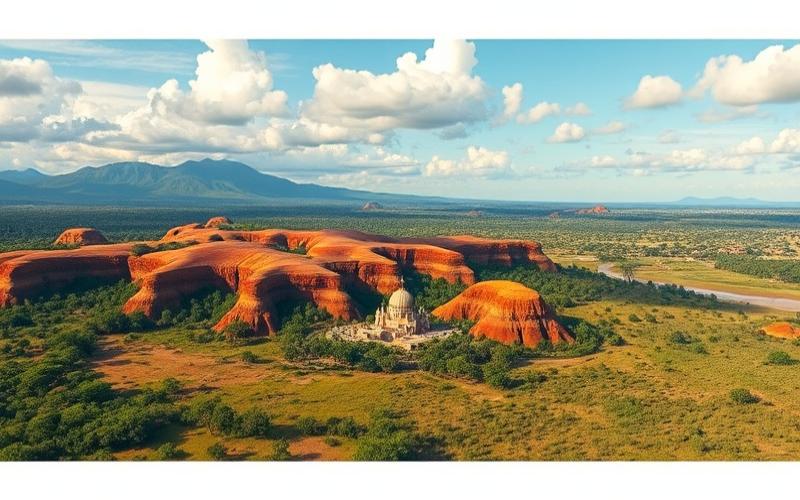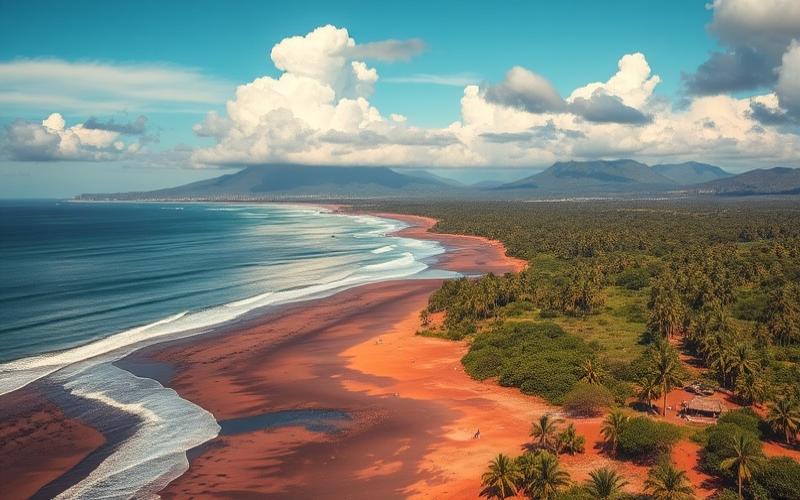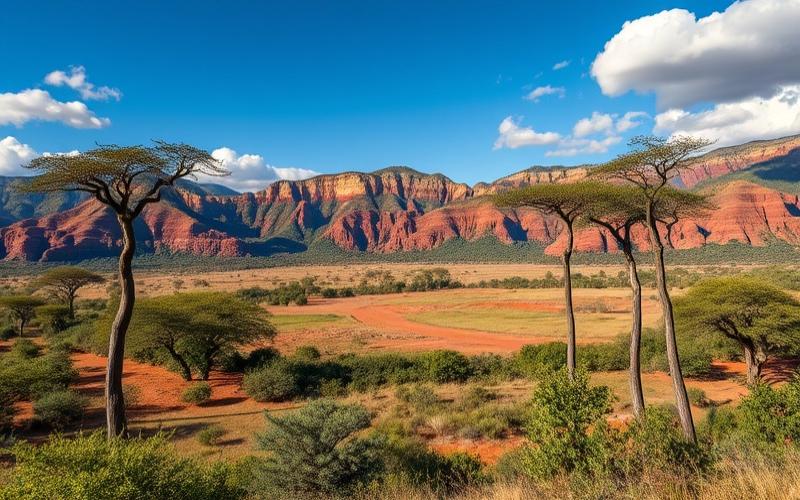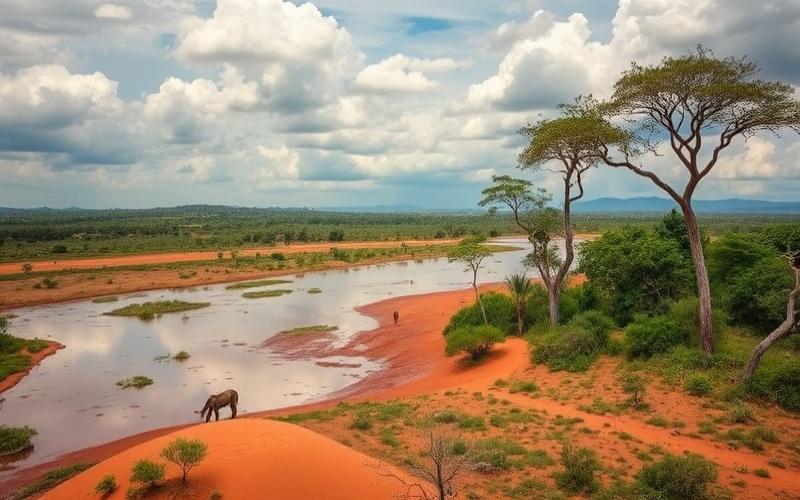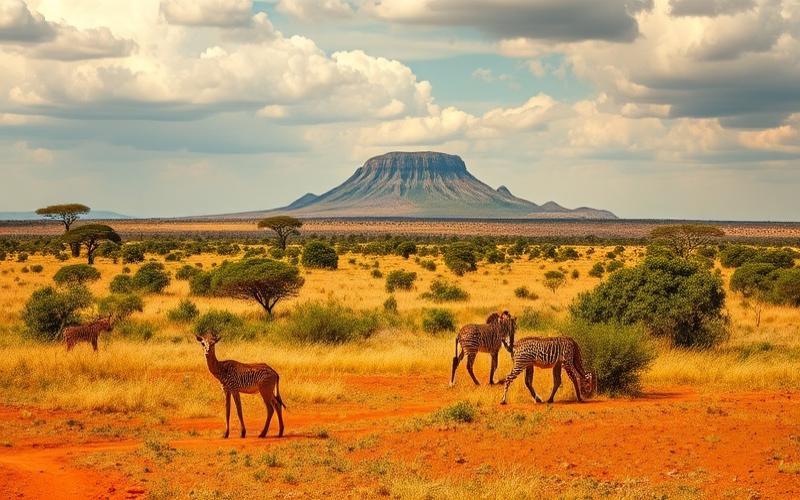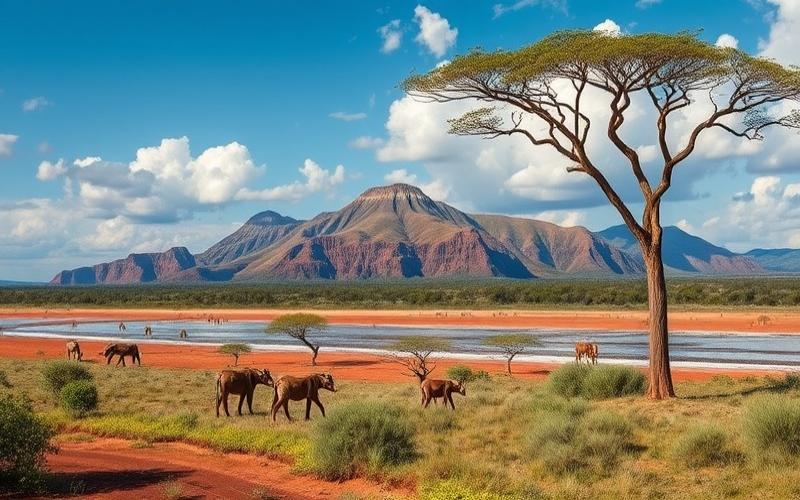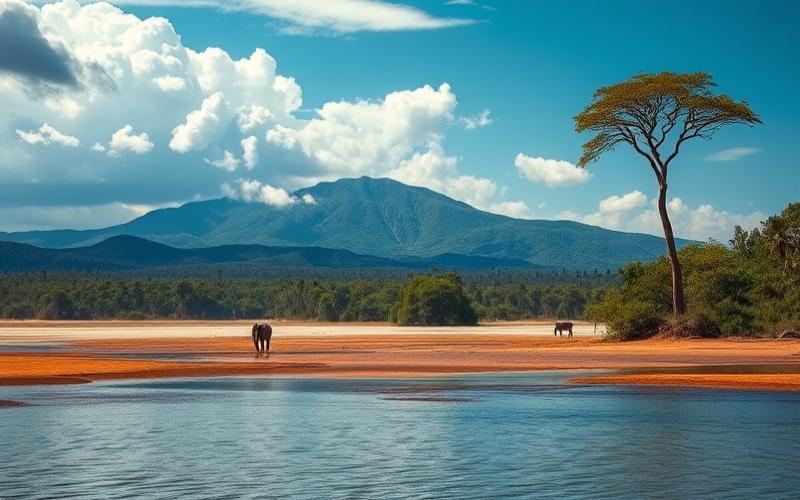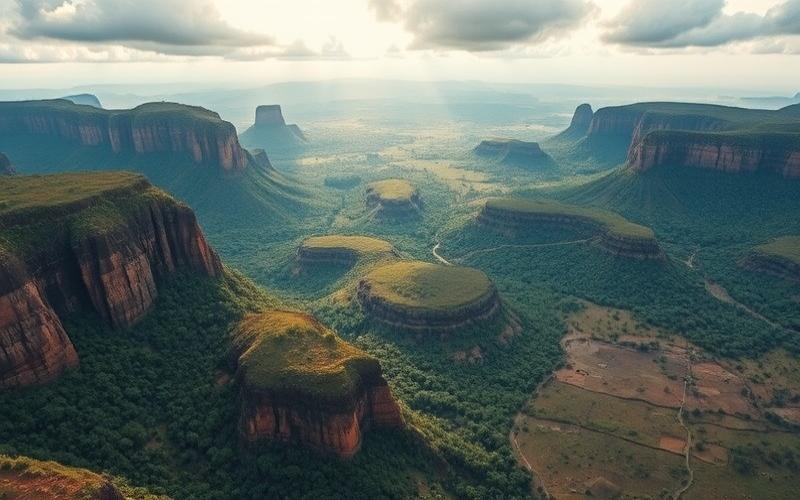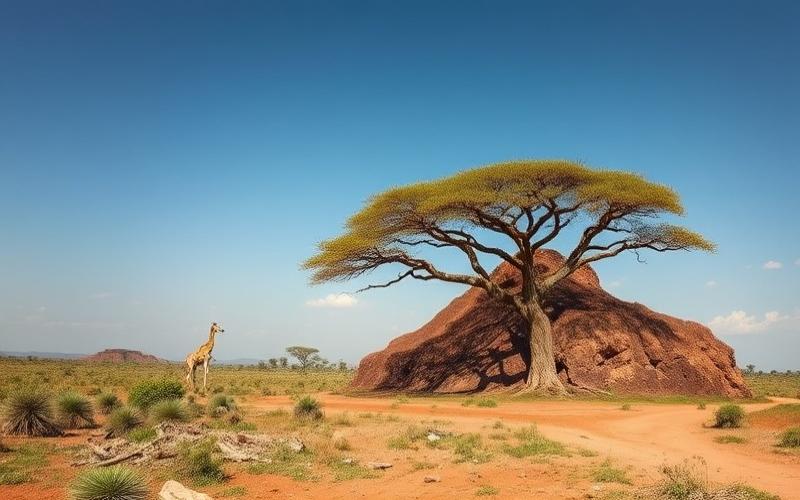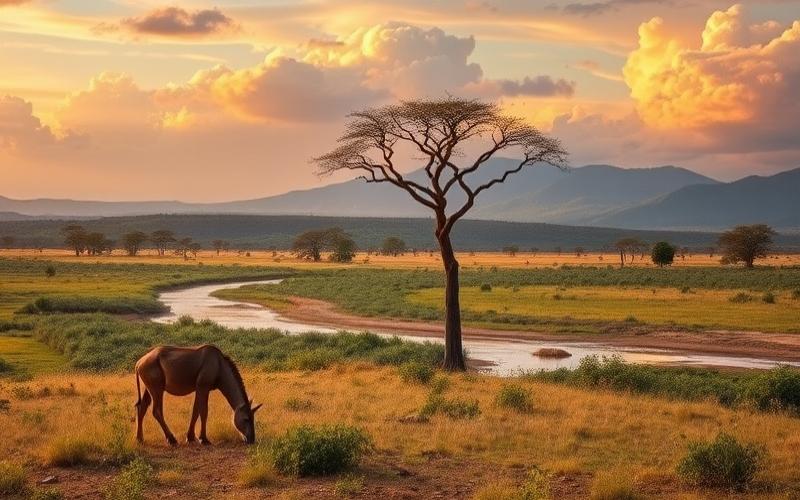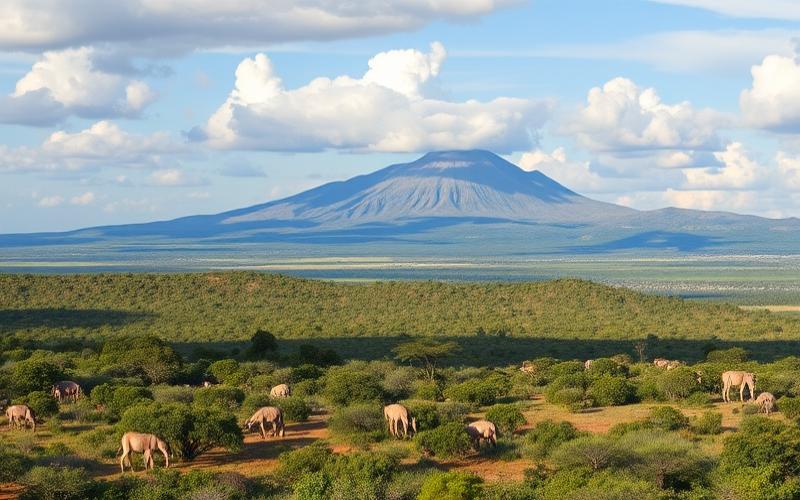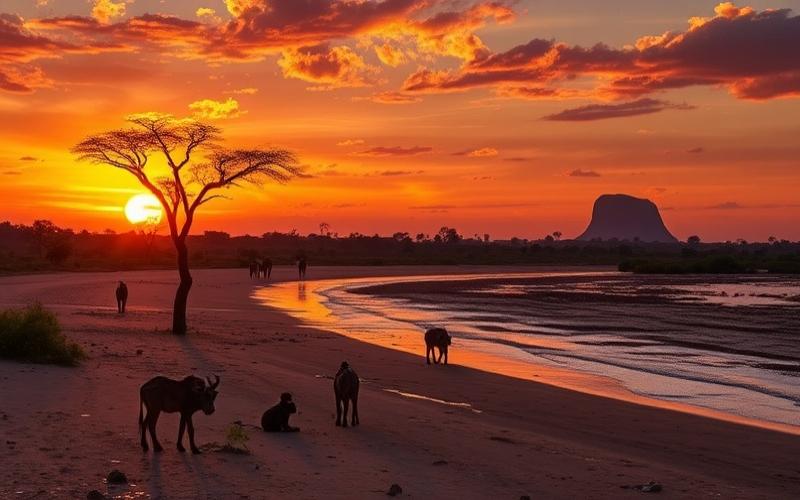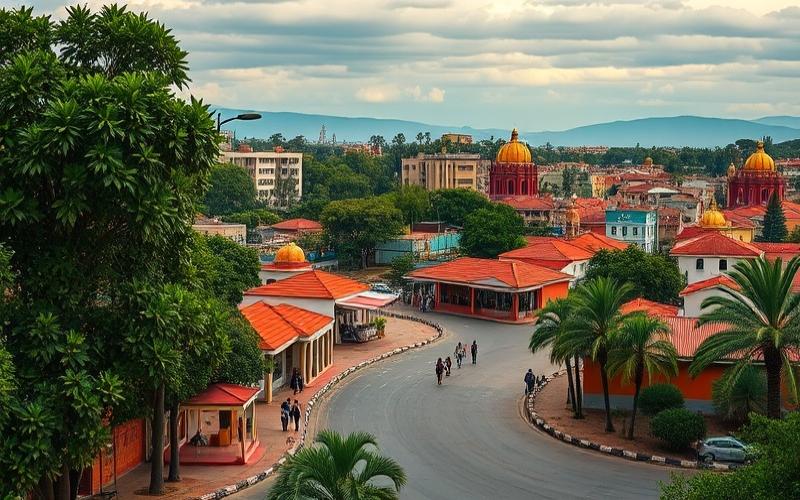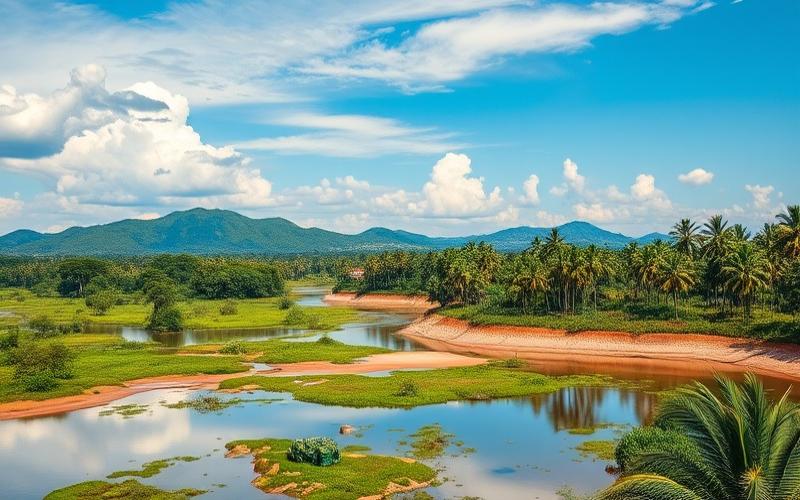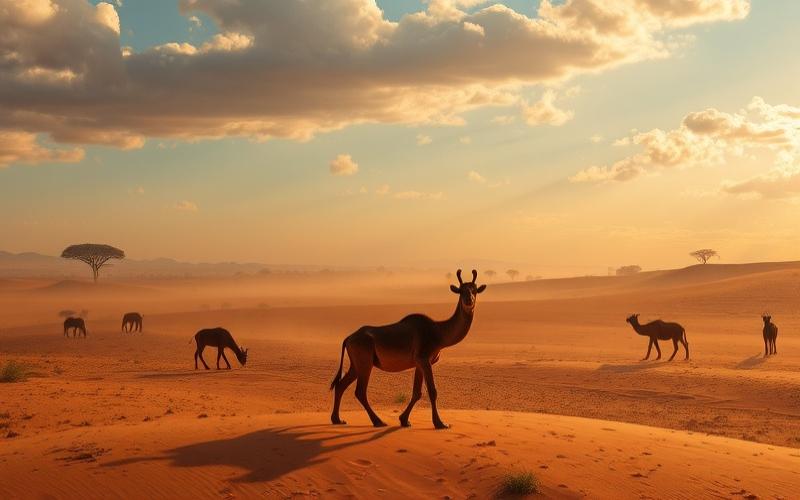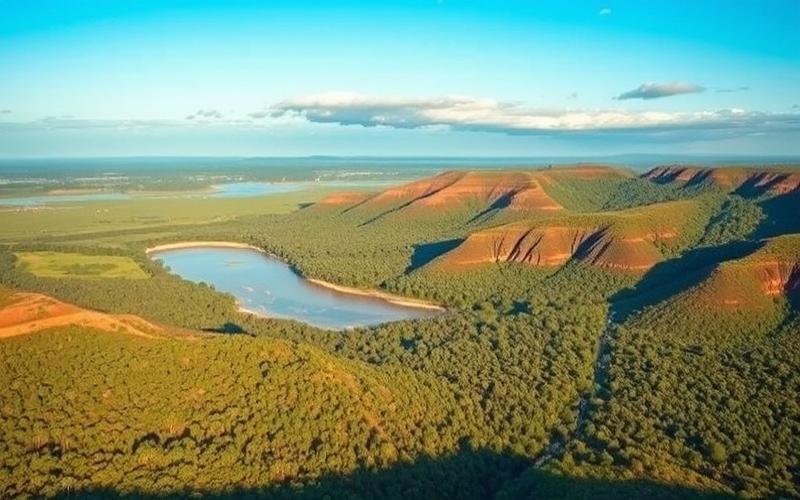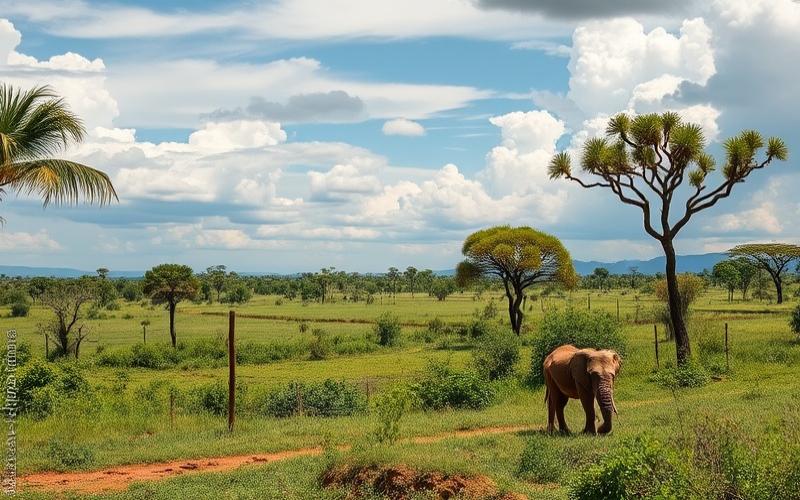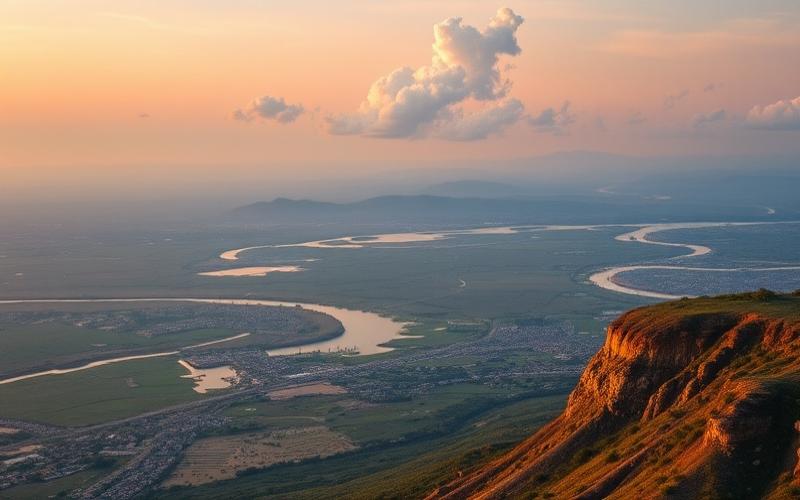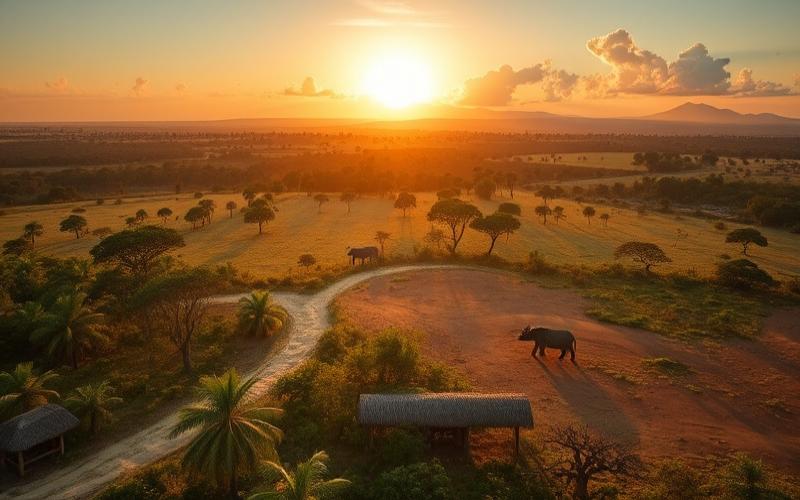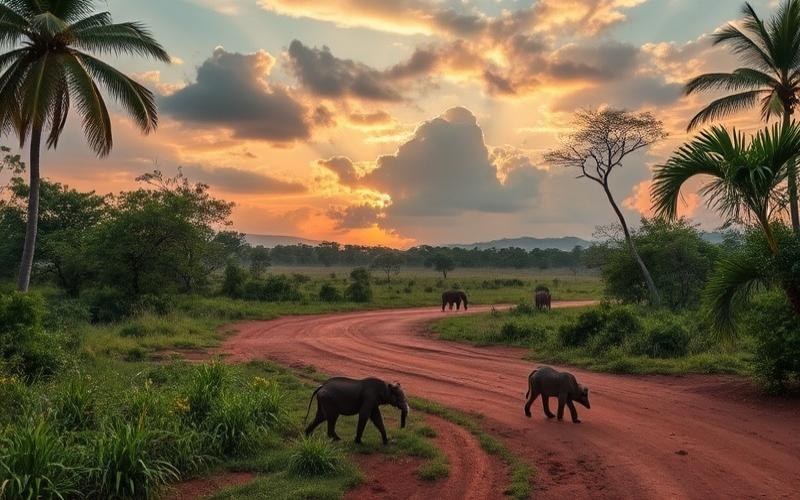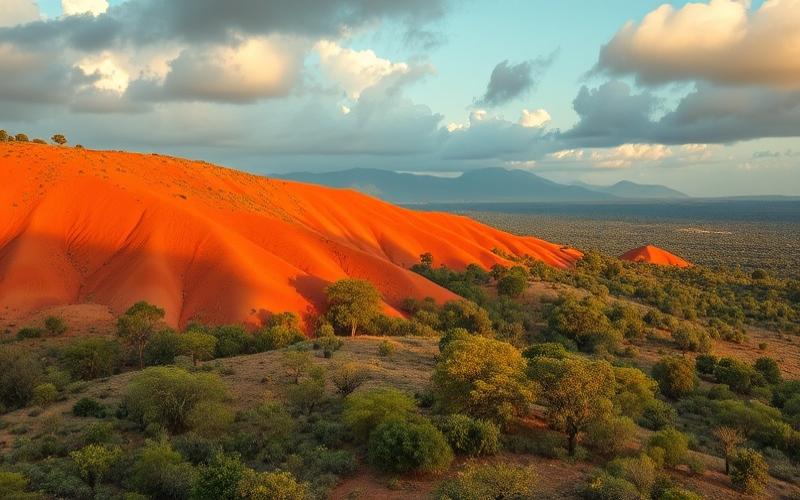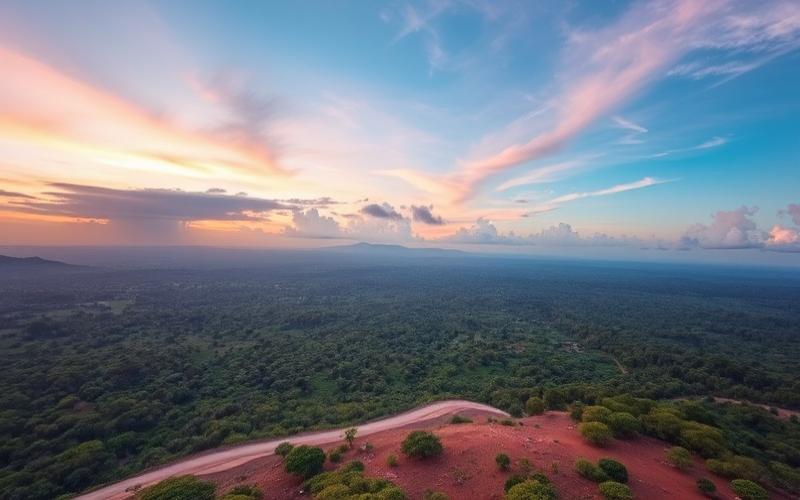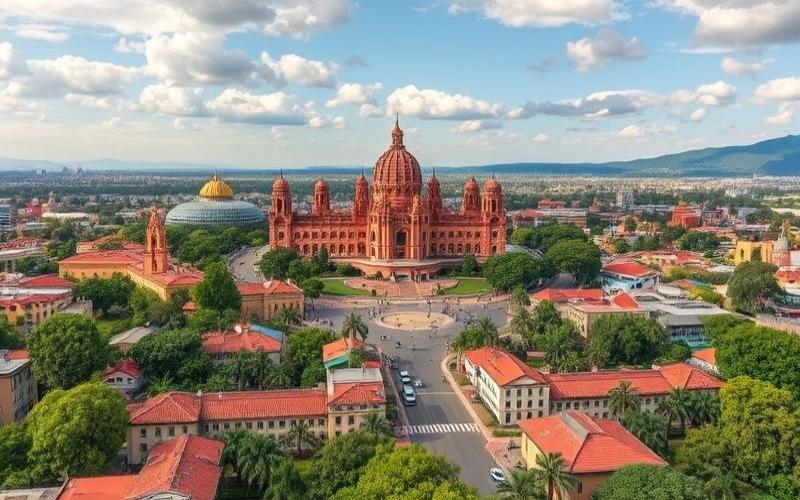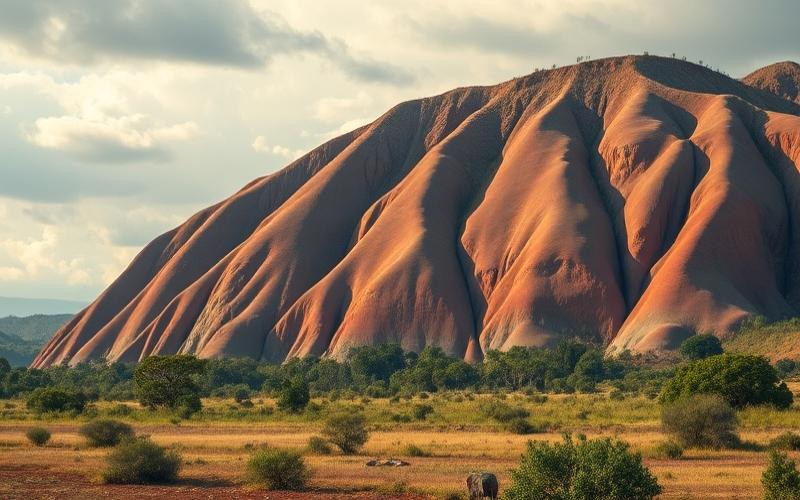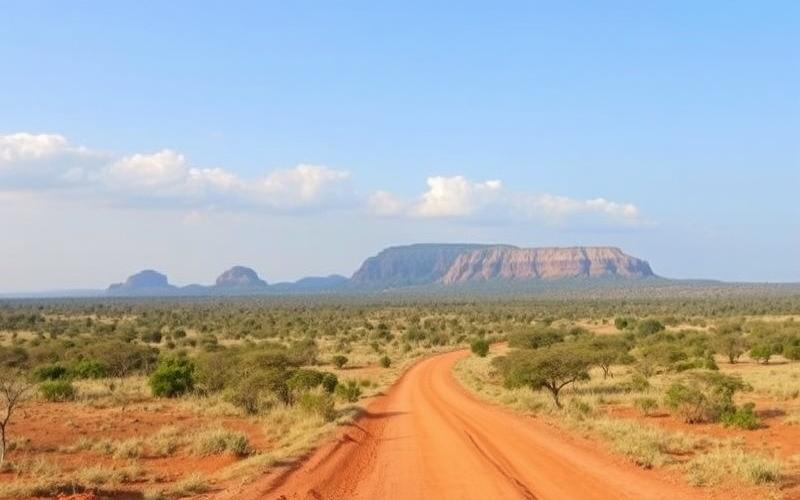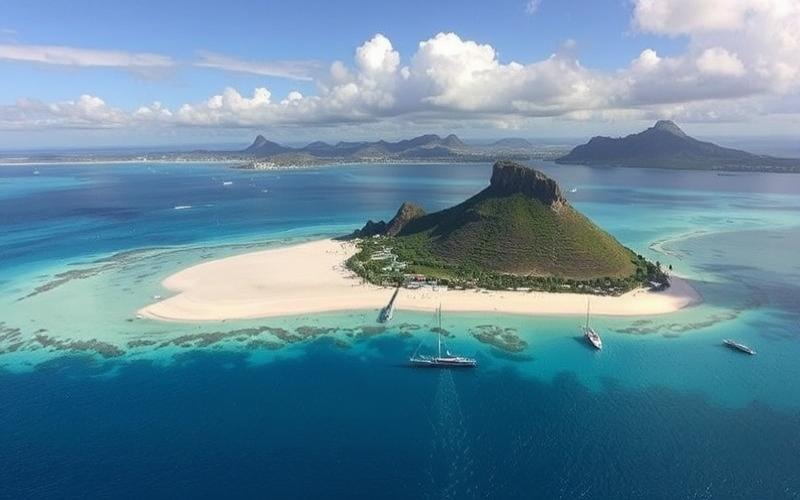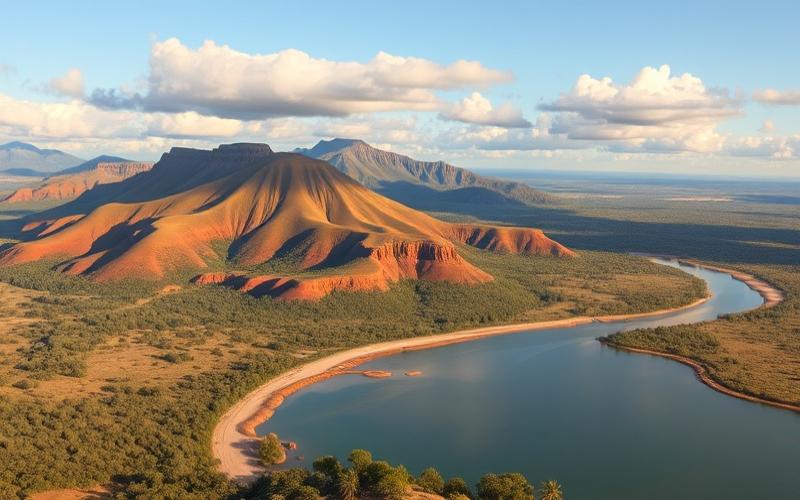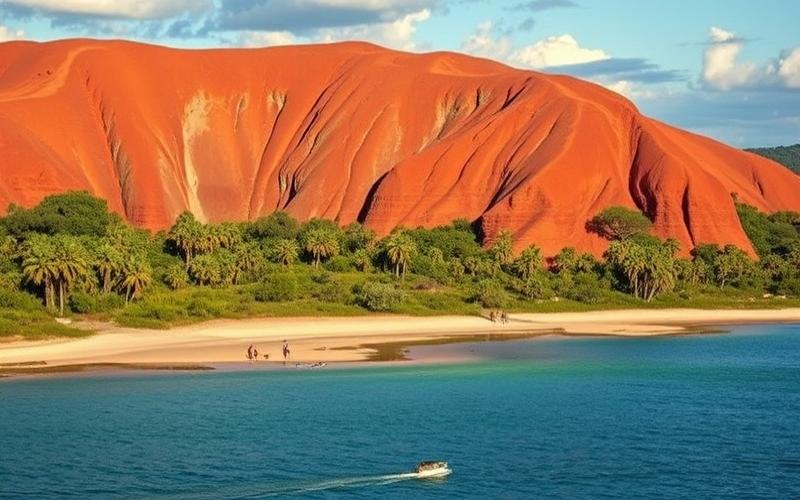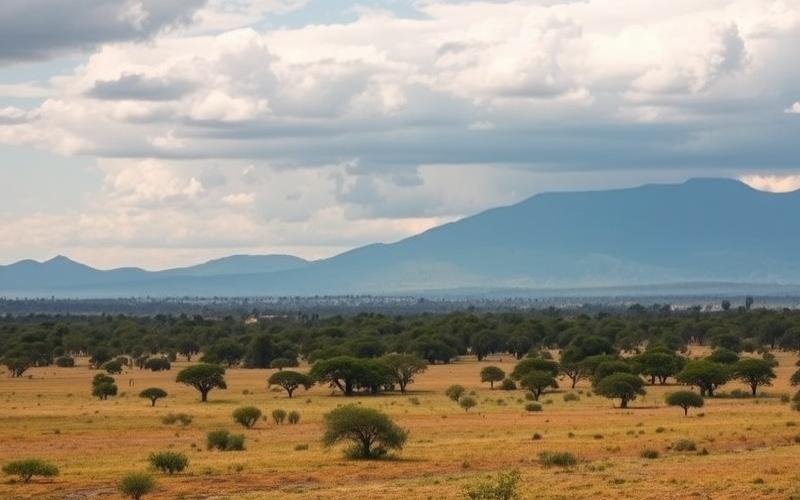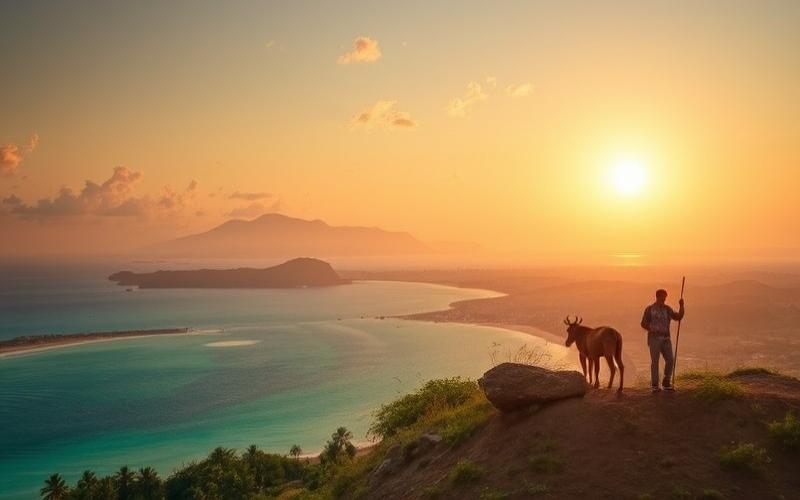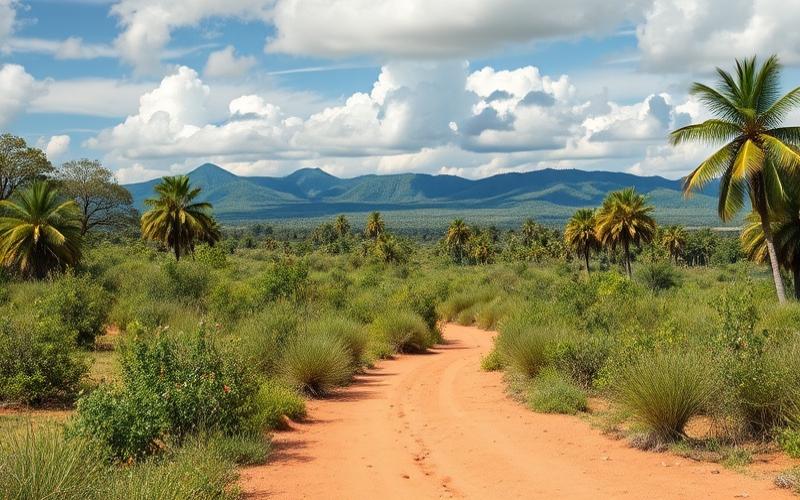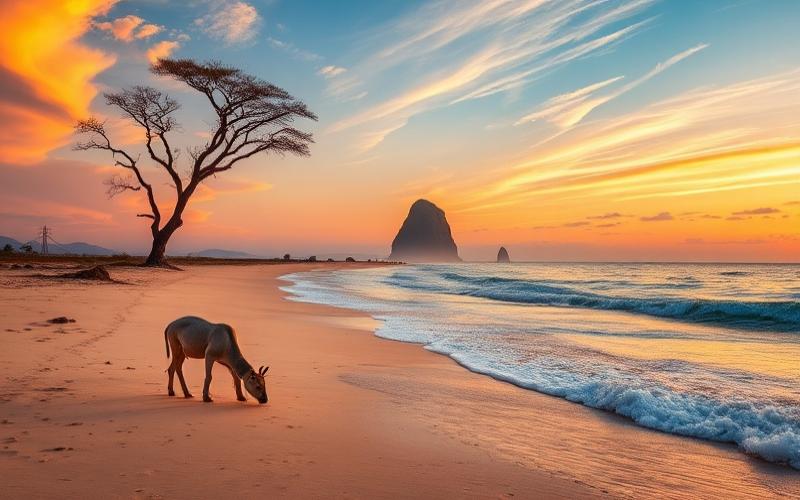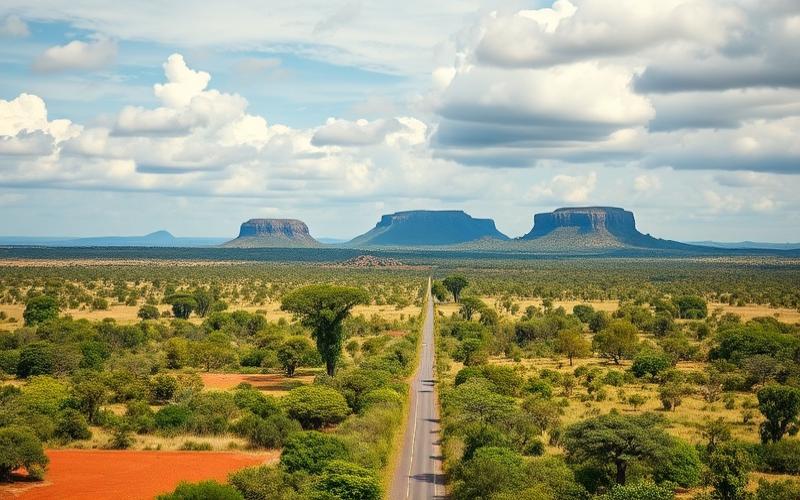
 Published on and written by Cyril Jarnias
Published on and written by Cyril Jarnias
At the Dawn of 2025: Sustainable Real Estate in Madagascar
At the dawn of 2025, Madagascar’s real estate sector is decisively turning toward more environmentally respectful practices, driven by the establishment of new ecological standards and increased subsidies aimed at encouraging green construction.
While the island, rich with its unique biodiversity, faces pressing environmental challenges, the commitment to sustainable architecture aligns with a desire to combine economic development with the preservation of this precious ecosystem.
This article explores how favorable policies and financial incentives are transforming Madagascar’s real estate landscape, gaining support from developers and individuals eager to participate in the ecological transition of housing.
Good to Know:
Madagascar possesses one of the most unique ecosystems in the world, making the adoption of sustainable real estate practices on the island particularly crucial.
Eco-Construction in Madagascar: A Guide to a Sustainable Future
Eco-Construction in Madagascar: Between Tradition and Sustainable Innovation
Madagascar now positions itself at the intersection of ancestral building practices and modern ecological innovations. This unique approach addresses environmental challenges while valuing local architectural heritage.
Local and Sustainable Materials Available on the Island
The Red Island offers a rich palette of ecological materials suited to its climate and traditions:
- Bamboo, a fast-growing renewable resource, offers an excellent strength-to-weight ratio, though it requires proper treatment to ensure durability
- Adobe (raw earth), locally available, provides excellent thermal insulation properties and a low carbon footprint
- Rammed earth, characterized by its low embodied energy and natural insulating properties
- Recycled materials, contributing to the circular economy and enabling creative designs
The most recent innovation comes from Plastikôo Madagascar, a startup that won the Middle East & Africa prize at the Orange Summer Challenge 2024. This company transforms plastic waste into modular bricks that snap together like Legos. These bricks are resistant, waterproof, and require no cement or glue, thereby reducing the construction’s carbon footprint with an estimated lifespan of 50 years. The process primarily uses LDPE and PP, melted at high temperature and molded into bricks reinforced with a metal frame, offering resistance to moisture and termites.
Regulatory Framework and Government Initiatives
The Malagasy government has begun establishing a regulatory framework favorable to eco-construction. Decree No. 2021-1941 of December 31, 2021, regarding extended producer responsibility for construction products and materials, constitutes an important first step. For 2025, new measures are being prepared to strengthen these provisions.
| Initiative | Description | Timeline |
|---|---|---|
| Extended Producer Responsibility | Obligation for construction material manufacturers to manage the end-of-life of their products | In effect since 2021 |
| Enhanced Thermal Insulation | New insulation standards adapted to the Malagasy climate | Gradual implementation until 2025 |
| Responsible Construction Techniques | Promotion of construction methods with low environmental impact | Currently being deployed |
Exemplary Projects and Local Initiatives
- The Plastikôo transformation workshop, which plans to recycle a significant amount of plastic waste and expand its range of ecological construction materials
- Community initiatives using traditional earth construction techniques, adapted to local climatic conditions
- Pilot projects integrating bamboo and recycled materials into modern constructions
Challenges and Future Prospects
Despite these promising advances, several challenges persist:
- Limited access to training in eco-construction techniques
- Sometimes higher initial cost of sustainable materials
- Cultural resistance to changing construction practices
The Wildlife Madagascar strategic plan for 2025-2030 emphasizes the importance of integrating environmental preservation into construction practices, creating synergy between economic development and the protection of the island’s unique biodiversity.
The future of eco-construction in Madagascar depends on its ability to combine traditional knowledge and technological innovations, while developing local economic sectors around sustainable materials. This approach will not only reduce the environmental impact of the building sector but also create economic opportunities for local communities.
Good to Know:
Madagascar promotes eco-construction by using local and sustainable materials like bamboo, terracotta, and recycled plastics, which reduces the carbon footprint. Government initiatives, including subsidies and tax incentives planned for 2025, aim to energize this green sector. Madagascar’s ecological construction standards, while aligned with some international practices, emphasize solutions tailored to local specificities. Eco-construction offers significant environmental benefits, such as reduced deforestation, and economic benefits for communities by promoting local employment. Projects like the Ambohidratrimo eco-village illustrate the success of these green initiatives. However, development remains hindered by challenges such as high initial costs and limited access to technologies, obstacles that can be overcome through training and strengthening local capacities.
Ecological Standards and BREEAM Certification: Enhancing Construction Impact
In Madagascar, the ecological standards applied in the building sector primarily stem from frameworks developed by the Madagascar Standards Bureau (BNM). These standards cover several areas such as environment, construction, and agri-food. They notably incorporate requirements related to sustainable resource management, energy efficiency, and the preservation of local biodiversity.
Alignment with international standards is progressing gradually. While some Malagasy buildings are designed according to ecological architecture principles without necessarily aiming for formal international certification (such as BREEAM or LEED), there is growing interest in these labels, which provide global recognition and a structured framework for assessing and improving a real estate project’s environmental performance.
BREEAM Assessment Criteria
The BREEAM (Building Research Establishment Environmental Assessment Method) certification is globally recognized as a scientific standard for validating and certifying sustainable development in the building sector. It is based on a scoring system covering several key categories:
| Category | Examples of Assessed Criteria |
|---|---|
| Management | Sustainable site planning |
| Health & Well-being | Indoor air quality |
| Energy | Overall energy efficiency |
| Transport | Access to public transportation |
| Water | Rational management of water resources |
| Materials | Responsible and traceable use |
| Waste | Reduction/valorization during construction |
| Ecological Use | Preservation of local biodiversity |
The method assigns a score based on these axes and then delivers a rating up to “Excellent” or “Outstanding.” The goal is to encourage not only technical innovation but also better environmental integration from the design phase.
BREEAM’s Role in Promoting Green Buildings
BREEAM plays a driving role by promoting:
Examples in Madagascar
To date, there is no publicly documented example—nor in recent sources—of a real estate project that has officially obtained BREEAM certification in Madagascar. However, several projects voluntarily adopt certain criteria from this international approach to improve their environmental performance or as part of a future ambition toward this type of recognition. Many currently prioritize:
Challenges Encountered
The main challenges are:
Identified Opportunities:
Potential Impact:
Widespread or gradual adoption of standards aligned with those such as BREEAM could enable Madagascar to:
Good to Know:
In Madagascar, ecological standards are increasingly evaluated against international benchmarks such as BREEAM certification (Building Research Establishment Environmental Assessment Method), which serves as a reference in promoting sustainable buildings by measuring environmental impact based on precise criteria like energy efficiency, sustainable material use, and water management. Although the adoption of BREEAM presents challenges due to economic constraints and limited infrastructure, it also offers significant opportunities to improve local constructions and align real estate projects with the country’s sustainable development goals by 2025. For example, several hotel projects in Antananarivo are aiming for this certification, driven by growing demand for environmentally respectful constructions. This movement toward stricter standards promises to increase foreign investment attraction while protecting Madagascar’s unique ecosystem.
Renewable Energy Subsidies in Madagascar: Crucial Support for the Green Real Estate Sector
Various types of subsidies are available in Madagascar to support renewable energy, particularly in the green real estate sector. These financial aids come from government actors, international organizations, and NGOs, and aim to encourage the integration of sustainable energy solutions into real estate projects.
Types of Available Subsidies for Renewable Energy
| Type of Subsidy | Source | Targeted Sectors |
|---|---|---|
| Direct Subsidy | EU, AFD, World Bank | Solar mini-grids, hydro |
| Concessional Loan/Blending | EU (Team Europe), partners | Large hydro dams |
| Dedicated Fund (e.g., OMDF) | World Bank | Off-grid solar kits |
Main Governmental and NGO Actors Involved
Eligibility Criteria for Real Estate Developers
Criteria vary by program but generally include:
Concrete Examples / Case Studies
“Anka already provides solar energy to several hundred beneficiaries in the Grand Sud thanks to European subsidies… Its business model enables energy more affordable than with traditional alternative solutions.”
The OMDF Fund has enabled the distribution by twenty accredited Malagasy companies of over 200,000 solar kits reaching one million people. Local real estate operators have thus been able to equip social collective housing or private subdivisions with these technologies.
Observed Positive Impacts:
Policy Perspectives and Financial Incentives Planned for 2025
The National Energy Pact plans by the end of December 2025 a new national strategy integrating:
The initiated momentum should thus enable a gradual generalization of new low-carbon buildings—even accelerated renovation—making possible rapid alignment with international standards while concretely improving urban quality and social inclusion.
Good to Know:
In Madagascar, various subsidies support renewable energies, essential for the development of green real estate. The government, with NGOs like the Solar Energy Development Agency, offers financial assistance for the integration of solar and wind technologies. Real estate developers often need to demonstrate concrete gains in energy efficiency to be eligible, such as a notable reduction in the carbon footprint of buildings. A striking example is the Anjozorobe Ecopark project which, benefiting from these subsidies, reduced its energy consumption by 40%, thanks to the installation of solar panels. In anticipation of 2025, the country commits to intensifying these aids with a strengthened regulatory framework, tax incentives, and facilitated access to funding to stimulate green innovation in construction.
Disclaimer: The information provided on this website is for informational purposes only and does not constitute financial, legal, or professional advice. We encourage you to consult qualified experts before making any investment, real estate, or expatriation decisions. Although we strive to maintain up-to-date and accurate information, we do not guarantee the completeness, accuracy, or timeliness of the proposed content. As investment and expatriation involve risks, we disclaim any liability for potential losses or damages arising from the use of this site. Your use of this site confirms your acceptance of these terms and your understanding of the associated risks.

